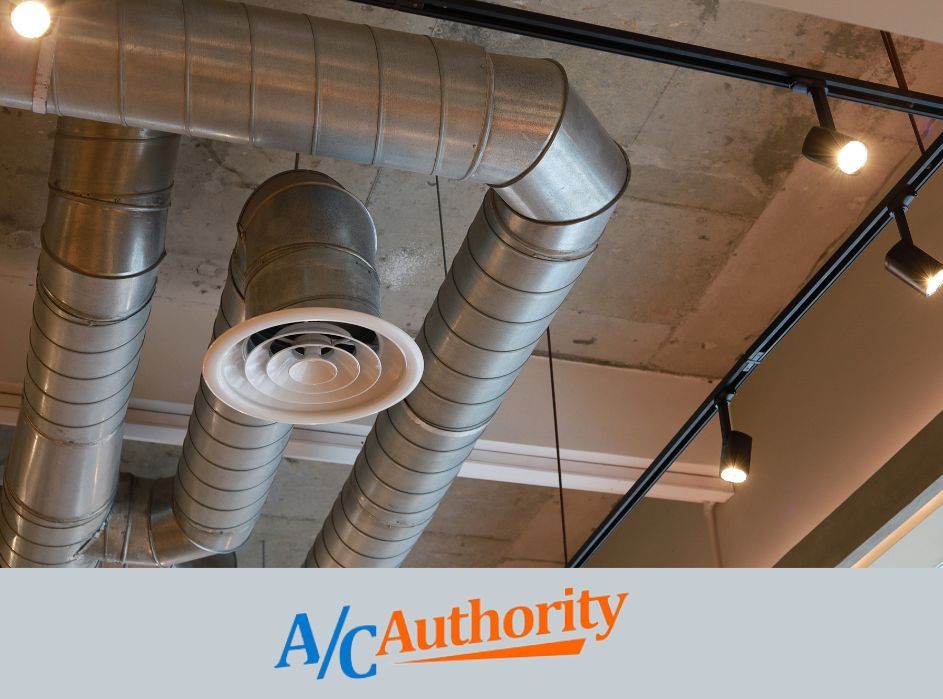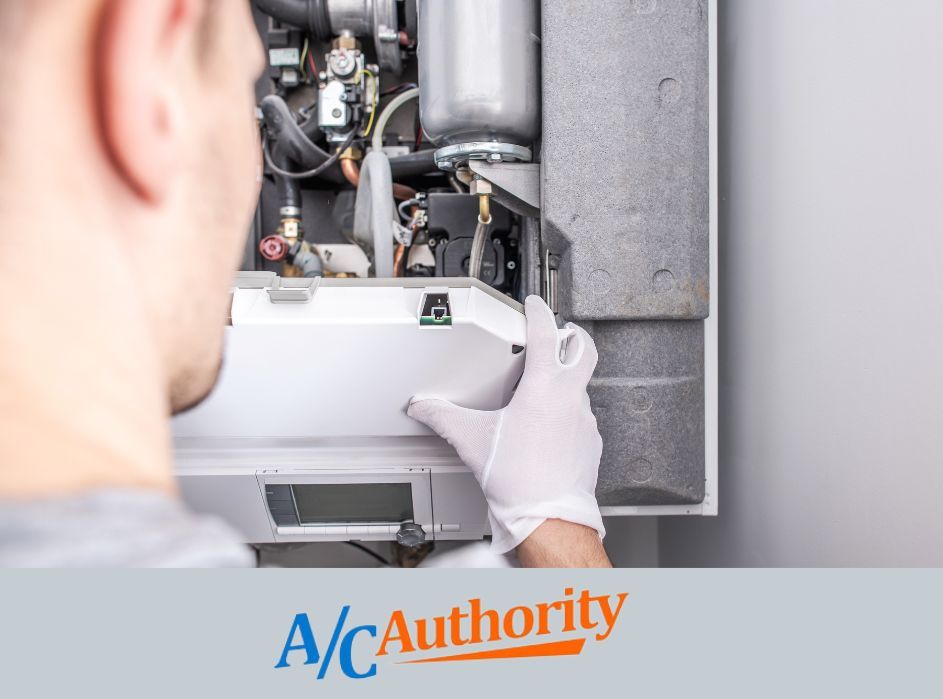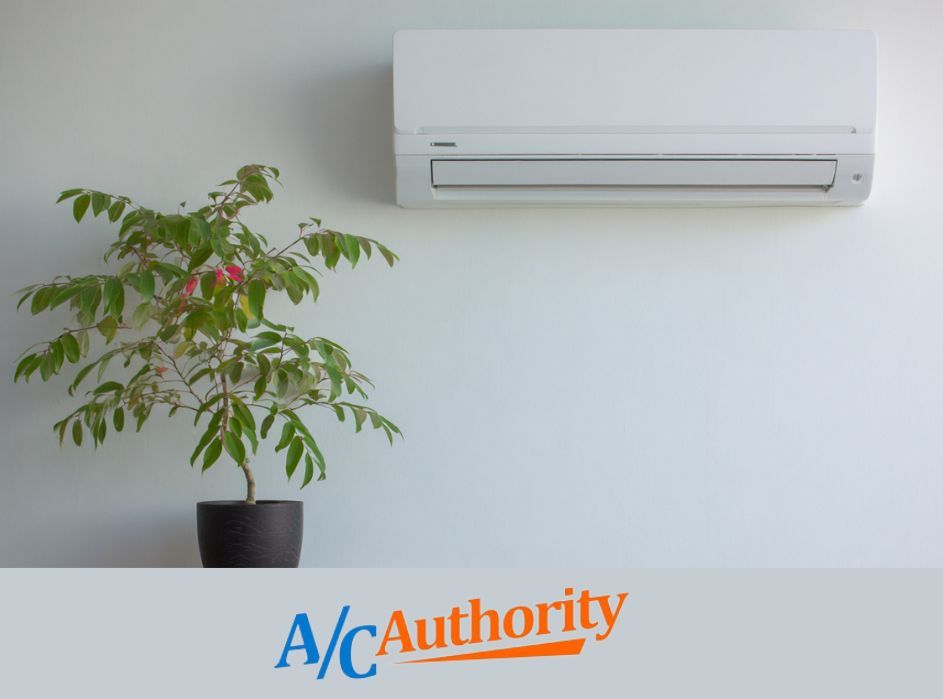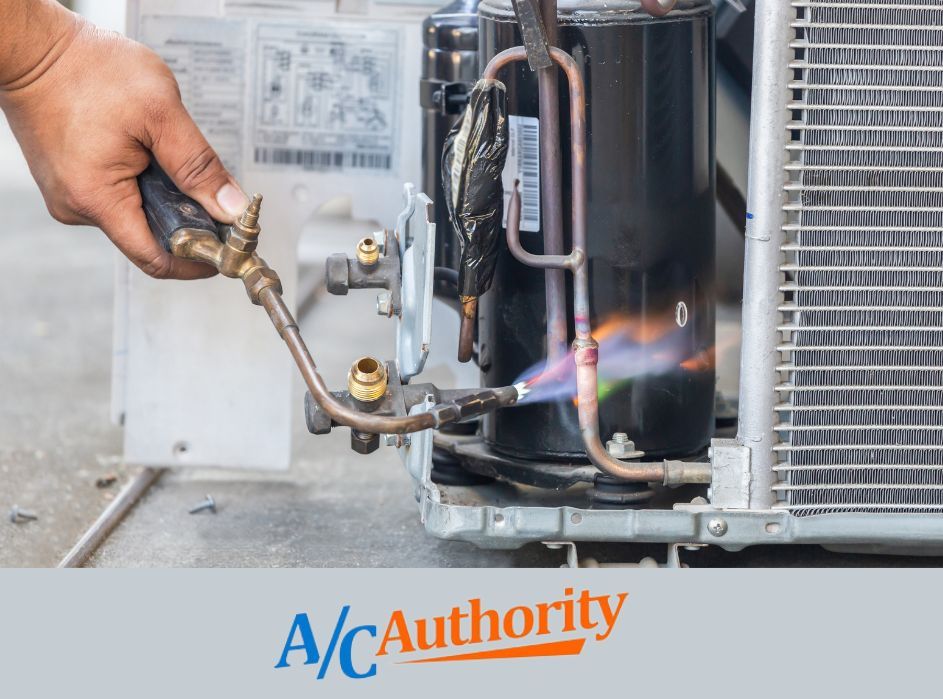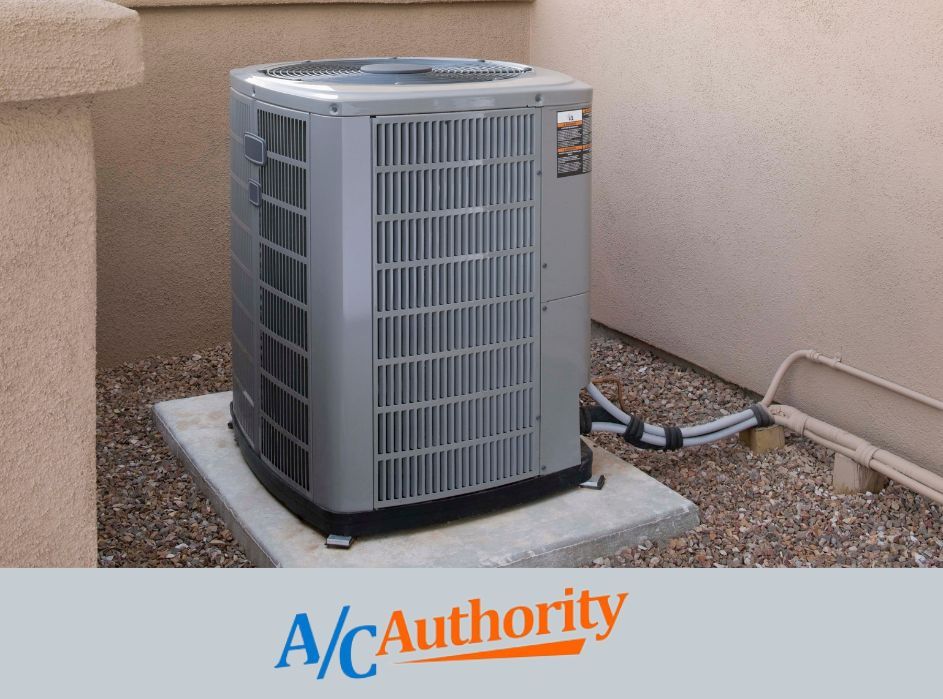
Should You Repair or Replace Your Heater?
When your heater malfunctions, the big question arises—should you repair it or invest in a furnace replacement? The answer depends on multiple factors, including the heater’s age, repair costs, efficiency, and long-term financial implications. Making an informed decision requires evaluating not just immediate costs but also the overall performance and future expenses associated with your heating system.
Signs You Should Repair Your Heater
If your heater is relatively new and experiencing minor issues, furnace repair might be the best option. Here are some indicators that a repair is sufficient:
- Recent Purchase: If your heater is under 10 years old, a repair is often the better choice. Furnaces generally have a lifespan of 15-20 years, meaning a unit under a decade old still has significant serviceable years left. Investing in regular maintenance at this stage can help extend its life further.
- Minor Issues: Strange noises, dirty filters, or a faulty thermostat are fixable without replacement. A clogged air filter can cause your furnace to work harder than necessary, reducing efficiency and driving up energy costs. Regular maintenance can resolve these issues without the need for a full furnace replacement. Additionally, replacing a faulty thermostat is a simple and cost-effective fix that can improve the efficiency of your heating system almost instantly.
- Affordable Fixes: If the repair cost is less than 30% of a new furnace, it’s worth repairing. Investing in professional servicing can often extend the life of your unit while preventing minor issues from turning into major problems. For example, fixing a small electrical component or replacing a blower motor can restore your system’s performance at a fraction of the cost of a new installation.
- Good Energy Efficiency: If your heater still maintains decent energy efficiency, a repair can extend its life. Checking your energy bills for unexpected spikes can help you determine if inefficiencies are causing higher operating costs. In many cases, simple repairs such as sealing duct leaks, cleaning the system, and adjusting airflow can significantly improve efficiency and indoor comfort.
- Unusual Odors or Sounds: If your furnace is producing strange odors or sounds, it doesn’t necessarily mean a replacement is needed. Rattling noises could indicate loose components, while a burning smell might simply mean dust accumulation that needs cleaning. Having a technician inspect and address these concerns can ensure your heater continues to function without needing a premature replacement.
- Inconsistent Heating but Recent Model: If you’re experiencing uneven heating, the problem might be due to a clogged duct, malfunctioning blower, or incorrect thermostat calibration. These are all fixable without needing to replace the entire system.
AC Authority recommends scheduling routine maintenance to reduce the likelihood of costly repairs. Regular servicing not only prevents breakdowns but also ensures your furnace operates at peak efficiency, helping you save on utility bills. Investing in professional inspections at least once a year can identify potential issues early, reducing the risk of costly emergency repairs in the future.
When Is Furnace Replacement the Better Option?
There are times when replacing your furnace is the more cost-effective and efficient choice. Consider a furnace replacement if:
- Your Furnace is Over 15 Years Old – Older units lose efficiency and cost more in repairs over time. If your system is beyond this age, even minor repairs may not be worth the investment.
- Repair Costs Are Too High – If repairs exceed 50% of the cost of a new furnace, replacement makes financial sense. For example, if repairing a blower motor costs $800 but a new furnace is $3,000, replacing the unit provides better long-term value.
- Your Energy Bills Are Increasing – A declining heater forces you to pay more for heating while providing less comfort. Modern furnace replacement options include energy-efficient models that can lower heating costs significantly.
- Frequent Repairs Are Needed – If your system requires constant maintenance, a new furnace can save you money in the long run. A furnace that has needed more than two major repairs in the past two years is a prime candidate for replacement.
- You Notice Uneven Heating – Rooms that feel too cold or too hot signal that your system is struggling. A properly functioning heating system should provide even heat distribution throughout your home.
- Your Heater Uses Outdated Technology – Newer models offer better energy efficiency and smart features. Modern furnaces come equipped with advanced airflow systems, zoning controls, and programmable thermostats for maximum convenience.
If you recognize these signs, AC Authority can guide you through the furnace replacement process to ensure you get the best solution for your home. A professional assessment can determine whether your furnace still has life left in it or if upgrading to a high-efficiency model would be the better option.
Cost Considerations: Repair vs. Replacement
When deciding between repair and replacement, consider these financial factors:
- Repair Costs: Minor fixes like thermostat replacements ($100-$300) or filter changes ($20-$50) are worth it. However, major repairs like heat exchanger replacements ($1,000-$2,500) often justify a full replacement.
- Long-Term Savings: A new energy-efficient furnace can reduce heating costs by up to 30%. Investing in an ENERGY STAR-certified furnace ensures you get the best efficiency rating for your home.
- Rebates & Incentives: Many states offer tax credits or rebates for upgrading to energy-efficient heating systems. Check government energy efficiency programs for possible savings opportunities.
By working with AC Authority, homeowners can evaluate their financial situation and select the best heating solution based on their budget and long-term cost benefits.
The Benefits of a New Furnace
If you choose a furnace replacement, here are some key benefits:
- Better Energy Efficiency: Modern units consume less energy and reduce utility bills.
- Consistent Comfort: Say goodbye to uneven heating and cold spots.
- Quieter Operation: New furnaces operate with reduced noise levels.
- Improved Air Quality: Advanced filtration systems help remove allergens and pollutants.
- Smart Features: Many new models offer programmable thermostats and Wi-Fi controls for enhanced convenience.
- Lower Carbon Footprint: New high-efficiency furnaces reduce your home’s environmental impact by lowering greenhouse gas emissions.
AC Authority provides expert furnace replacement services, ensuring a seamless transition to a more efficient heating system. By upgrading to a high-efficiency model, you can enjoy superior performance, enhanced indoor air quality, and lower energy bills.
Final Thoughts
Deciding whether to repair your furnace or replace your heater depends on factors like age, repair frequency, and energy efficiency. If your heater is still functioning well, repairs might suffice. However, if it’s old, inefficient, or requires frequent maintenance, a furnace replacement is the smarter investment.
Homeowners should weigh the costs and benefits of both options carefully. If you’re unsure, AC Authority can provide a professional inspection to assess your system and recommend the most cost-effective solution.
Don’t wait for a complete breakdown—contact AC Authority today to explore your options and ensure a warm, comfortable home for years to come.
FAQs
How often should I replace my furnace filter?
According to AC Authority, it’s recommended to replace your furnace filter every 1-3 months, depending on usage and air quality.
Can I install a new furnace myself?
No, furnace installation requires professional expertise to ensure safety, efficiency, and compliance with local building codes. Contact us to learn more.
How long does a new furnace last?
A well-maintained furnace can last between 15-20 years, depending on the model, furnace repair, and usage.

Call (772) 837-6243 or Book Online Now!
Recent Posts

